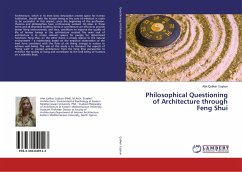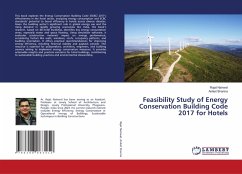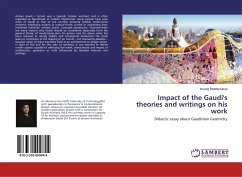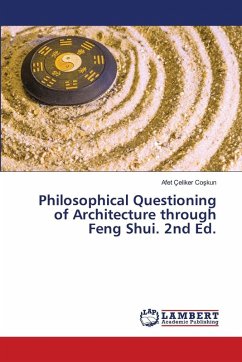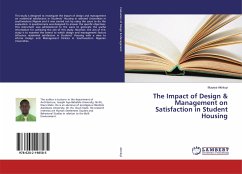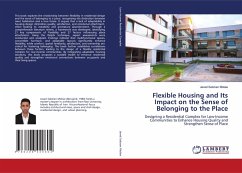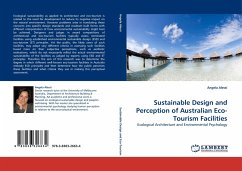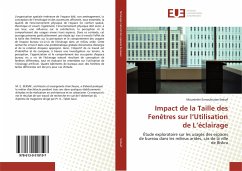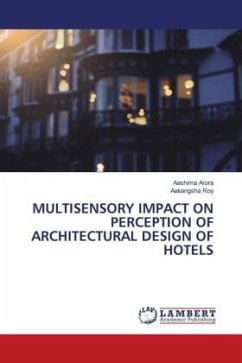
MULTISENSORY IMPACT ON PERCEPTION OF ARCHITECTURAL DESIGN OF HOTELS
Versandkostenfrei!
Versandfertig in 6-10 Tagen
40,99 €
inkl. MwSt.

PAYBACK Punkte
20 °P sammeln!
Architectural design is a complex interplay of form, function, and beauty that shapes our perception of space. It significantly influences our feelings, actions, and overall well-being. This research explores the sensory impacts of architectural design features, focusing on how olfactory, tactile, visual, and aural inputs affect our perception. The paper analyzes how efficient design decisions can improve the human experience and create settings that resonate with users. It involves understanding the various human senses and how architectural design stimulates them, which in turn affects how w...
Architectural design is a complex interplay of form, function, and beauty that shapes our perception of space. It significantly influences our feelings, actions, and overall well-being. This research explores the sensory impacts of architectural design features, focusing on how olfactory, tactile, visual, and aural inputs affect our perception. The paper analyzes how efficient design decisions can improve the human experience and create settings that resonate with users. It involves understanding the various human senses and how architectural design stimulates them, which in turn affects how we perceive a space in hotels. The paper aims to motivate future design methodologies that emphasize multisensory elements of architecture, resulting in immersive and aesthetically pleasing built environments. The findings will motivate future design methodologies that emphasize multisensory elements of architecture.





